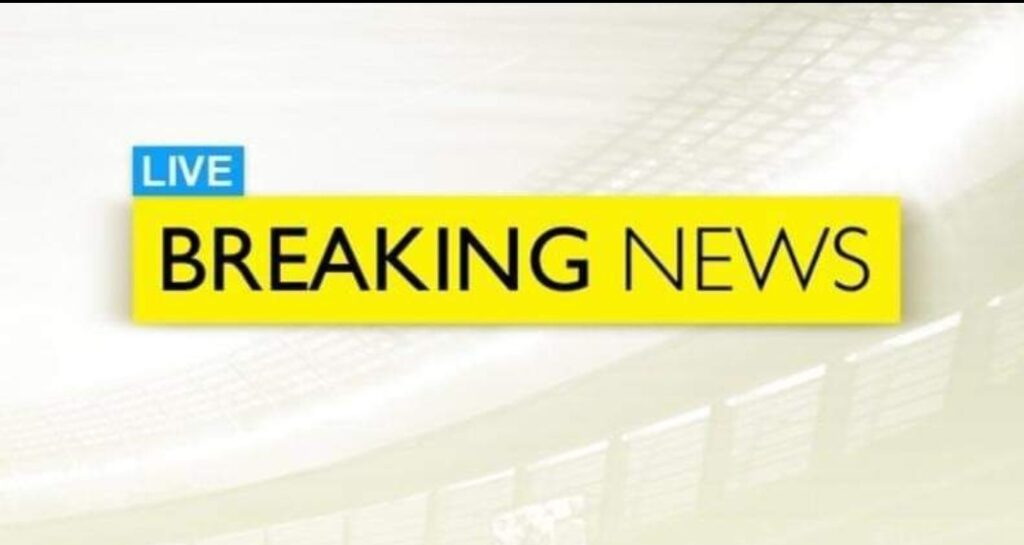Liverpool, much like many Premier League clubs, abstained from engaging in any transfer activities during the January transfer window. Their focus was redirected towards gearing up for the upcoming summer break. The noteworthy headlines during this period were dominated by the unexpected resignation of Jurgen Klopp. Alongside Klopp’s departure, there were exits of key staff and sporting director Jorg Schmadtke. This significant shift in the club’s dynamics also prompted a change in the approach towards transfers, emphasizing the importance of the upcoming summer window.
Liverpool’s decision to stay inactive in the January transfer market was influenced by their current position at the summit of the Premier League table and their continued participation in all four competitions. The return of Andy Robertson from injury further bolstered the squad, diminishing the urgency to bring in new players mid-season.
Instead of acquiring fresh talent, Liverpool opted for a strategic reorganization of their loaned-out players. Notable movements included Nat Phillips making a return from Celtic and subsequently transferring to Cardiff. Fabio Carvalho also came back from RB Leipzig, securing a transfer to Hull. Calvin Ramsey returned from Preston, finding a new home at Bolton. Additionally, James Balagizi made a return from Wigan, securing a transfer to Kilmarnock.
This approach allowed Liverpool to manage their squad dynamics internally, paving the way for Klopp’s successor to have more flexibility and control over future player acquisitions. The club’s decision to focus on the summer transfer window aligns with a broader strategy to make thoughtful and well-planned decisions in shaping the team’s future.
